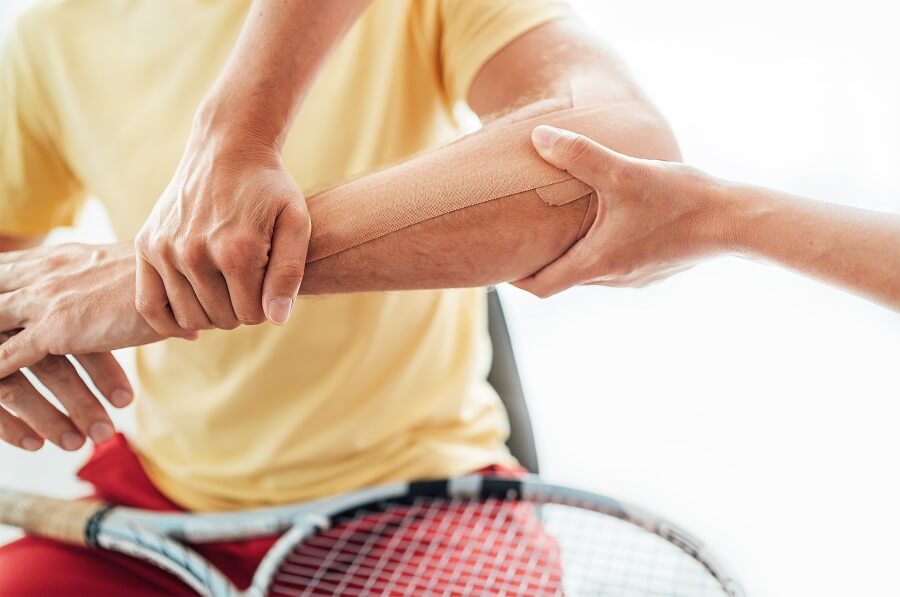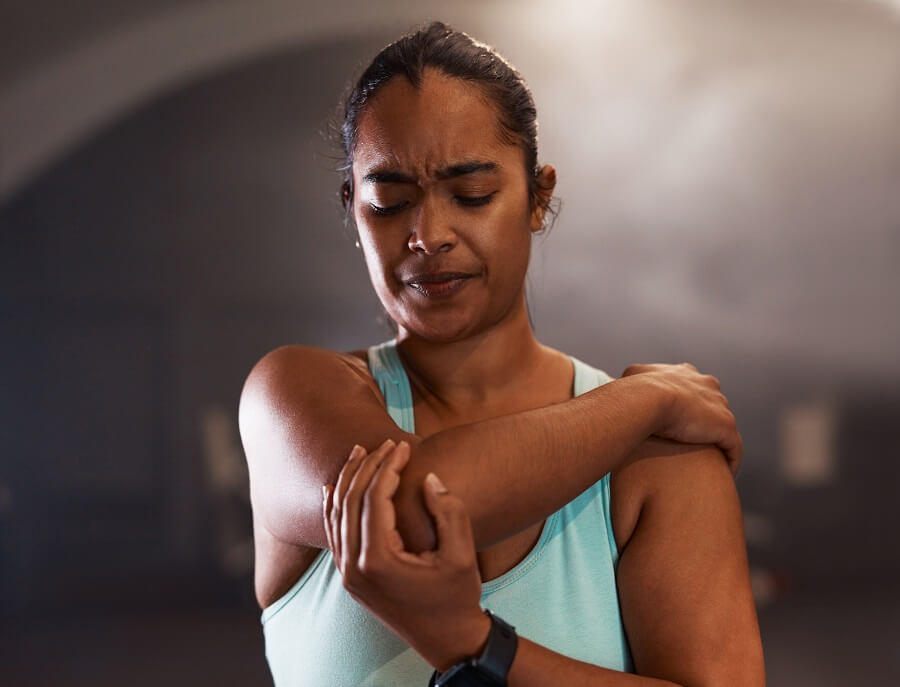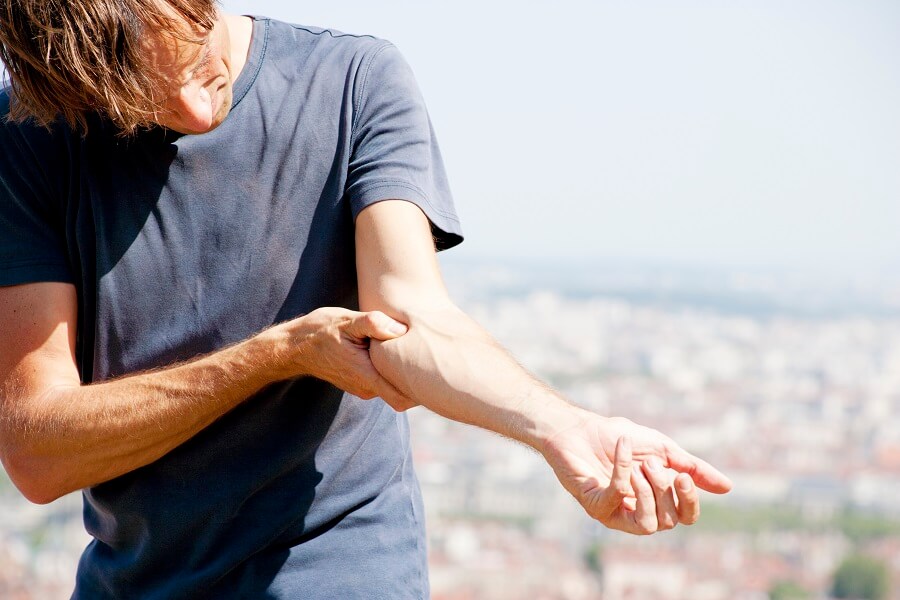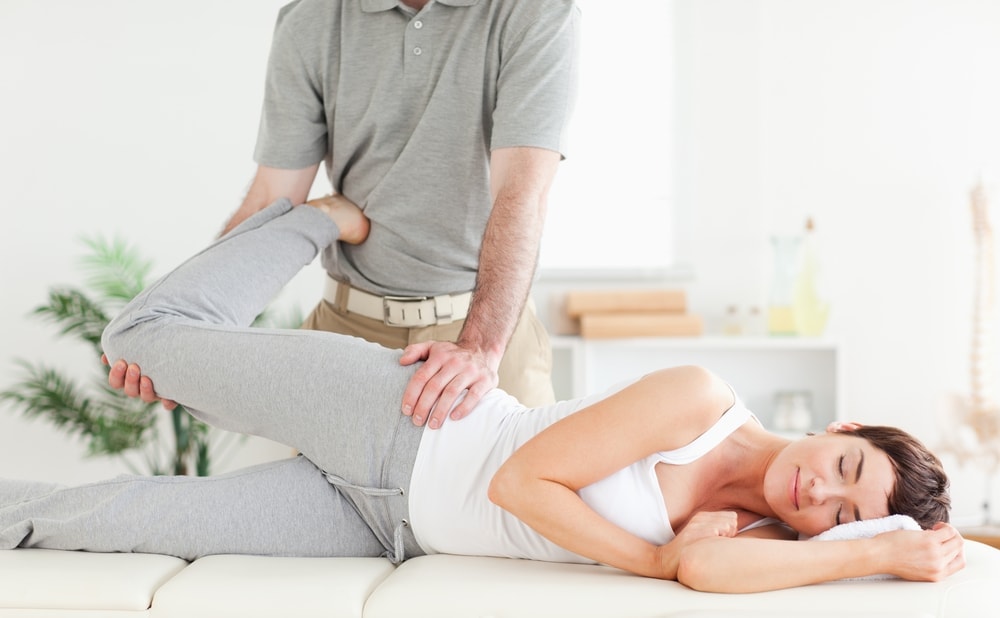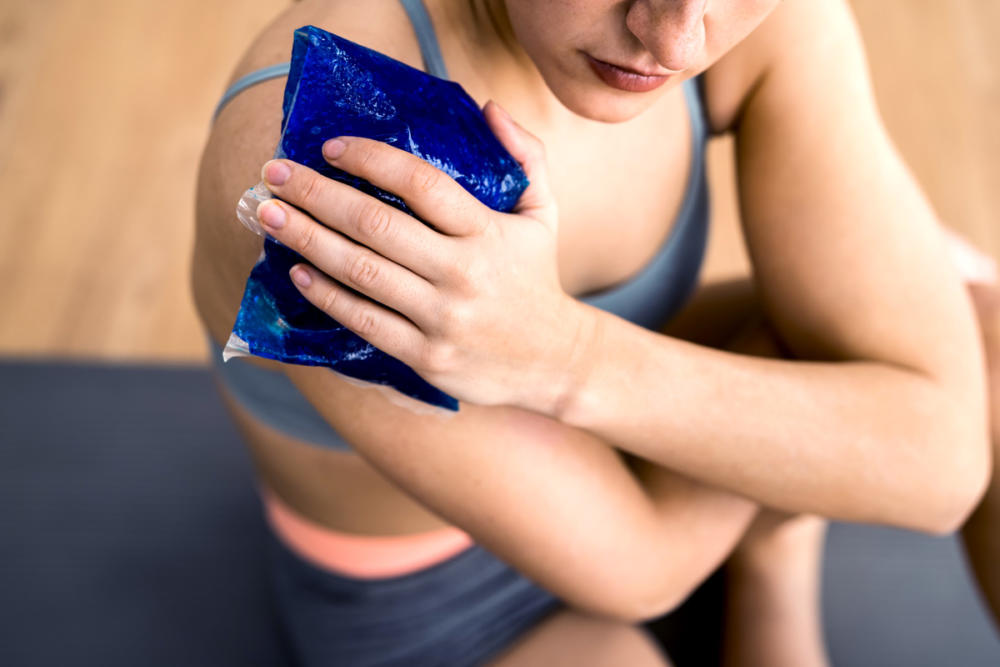by Adam Halseth PT, DPT, SCS | Northeast Scottsdale
Tennis elbow or golfer’s elbow is not a very common condition. It only impacts around 1 to 3 percent of adults every year. But your chances of developing it increase as you get older. Though its name makes it sound like it’s a condition that solely impacts these sports, it is possible to get tennis or golfer’s elbow even if you’ve never played either game in your life.
Below you’ll find key information to know about this painful condition, including why it happens, how to tell if you have it, and what treatment options are available.
Understanding Tennis / Golfer’s Elbow
Tennis/golfer’s elbow is one of the most common causes of elbow pain. It is often persistent and painful enough to warrant physical therapy and/or a doctor’s office visit. This condition happens when the tendons that connect your lower arm to the outside of the elbow bone become swollen and inflamed.
As this happens, it can lead to microscopic tears in the muscles and tendons. These tears can cause a lot of pain, even though they’re very small.
Typically, people don’t experience these symptoms unless they make a lot of repetitive motions. Though the general population doesn’t have a high likelihood of experiencing this pain, as much as half of all players will experience it at some point in their lives.
What Causes Tennis / Golfer’s Elbow
If you’re wondering what are the causes, the answer is a lot of things! As mentioned, tennis/golfer’s elbow usually occurs because of repetitive elbow joint motions. In addition to tennis and golf, here are some other activities that can lead to elbow pain and discomfort:
- Fencing
- Squash
- Weight lifting
- Racquetball
- Raking
- Typing
- Painting
- Carpentry
- Knitting
- Gardening
- Swimming
Did some of the items in the above list surprise you? Fortunately, there are things you can do to decrease your likelihood of developing elbow pain or minimize symptoms if you already have it. Keep reading to learn more.
5 Symptoms of Tennis / Golfer’s Elbow
Do you have elbow pain that makes you wonder whether you have tennis/golfer’s elbow or something else? Though a doctor or therapist should be consulted to make the most accurate diagnosis, these are five common symptoms:
- Discomfort when you lift something
- Weakness in your hand or forearm when making a fist or gripping something
- Recurring pain just below the bend in your elbow (on the outside of your forearm)
- Pain that radiates from the elbow down toward the wrist
- Discomfort when twisting the forearm (for example, when opening a jar or a door)
As you can see, the primary symptom is pain in the elbow area. Conditions that mimic tennis elbow include the following:
- Radiocapitellar arthritis
- Osteochondritis dissecans
- Intra-articular plica
- Rotary instability
A visit to your PT can help rule these conditions out if you aren’t sure whether you have tennis/golfer’s elbow or another condition.

Prevention Techniques
The best way to avoid developing this condition is to avoid making repetitive motions too frequently. If you play a sport or do any other activity requiring repetitive use of your arm and handle muscles, make sure you take frequent breaks. During your breaks, stretch out the muscles of your arms.
It’s also important to warm up the muscles of your arms before engaging in any physical activity that requires using your elbows and/or arms. When the muscles are warm, they can stretch and retract more easily without causing injuries.
When you’re finished with a sports game or workout and you’ve stretched out your arm muscles, consider applying ice to your elbows if you feel any heat or inflammation in those areas. If you already have tennis elbow symptoms despite your best efforts, consider getting physical therapy.
Physical Therapy Treatment Options
Physical therapy can help improve the flexibility and strength of your forearm muscles, so you’re less likely to develop tennis elbow again. Physical therapy can also facilitate healing and reduce pain by encouraging blood flow to the affected tendons and muscles. Blood contains oxygen, which the muscles need to heal and function optimally.
Six common physical therapy treatment options recommended for tennis elbow:
- Muscle stimulation
- Ultrasound
- Ice massage
- Braces and tape to support the affected area
- Specialized stretches and exercises
- Non-steroidal anti-inflammatory medications
During your recovery from tennis/golfer’s elbow, it’s important not to rush things. If you push your body before it’s ready and your condition has sufficiently healed, you could set yourself back. Before returning to your previous activity level, ensure you can grip objects without pain and that your elbow no longer appears or feels swollen. When you can flex and move your affected elbow without any trouble or discomfort, you can start returning to your normal activities.
Get Your Quality of Life Back
If you’re ready to get your life back and recover fully from your tennis/golfer’s elbow symptoms, we would love to help. Contact Foothills Sports Medicine Physical Therapy today to request your appointment.

